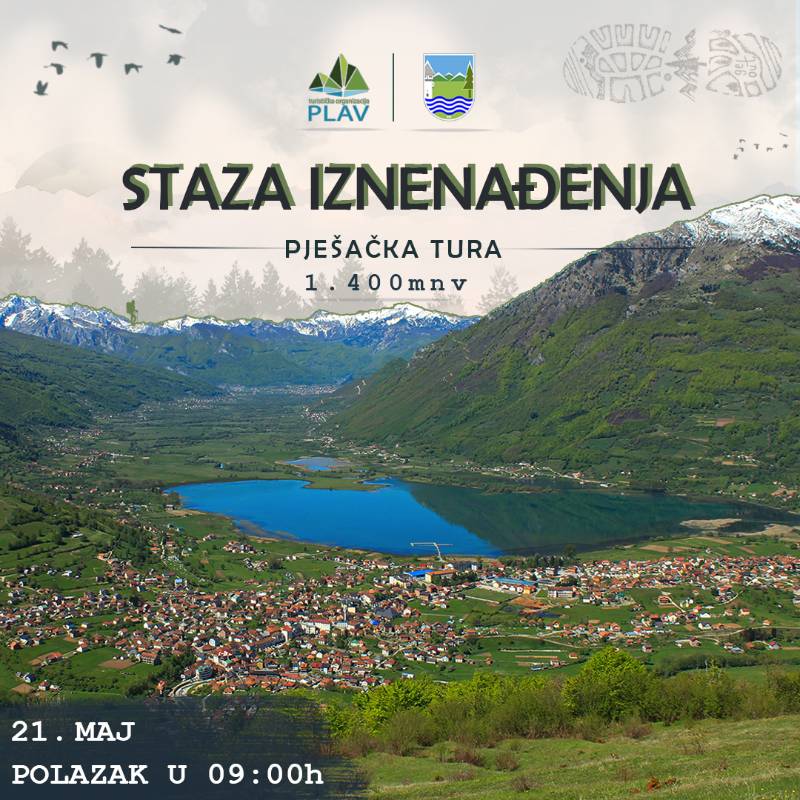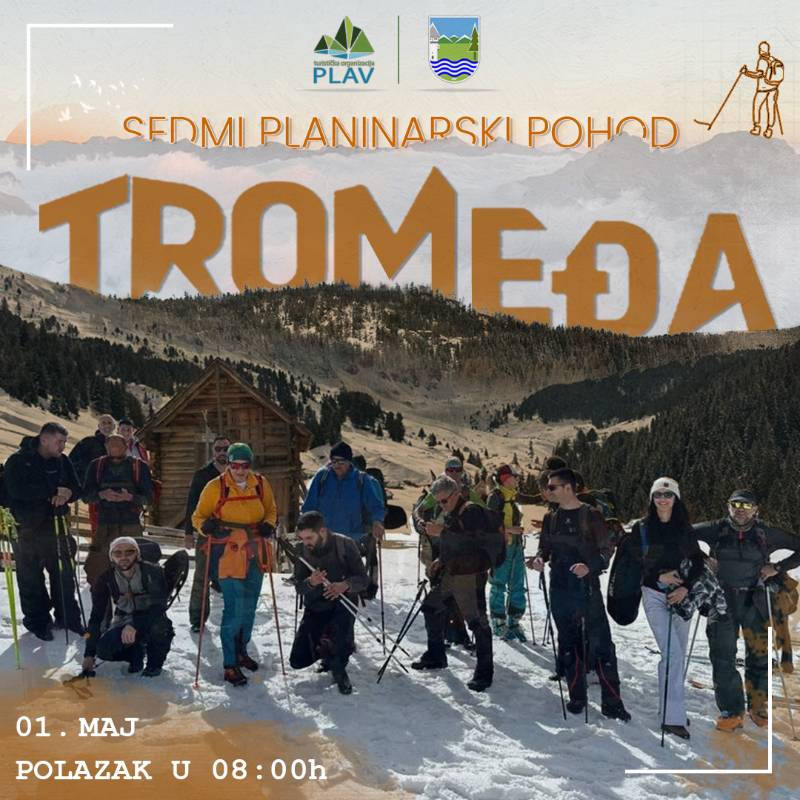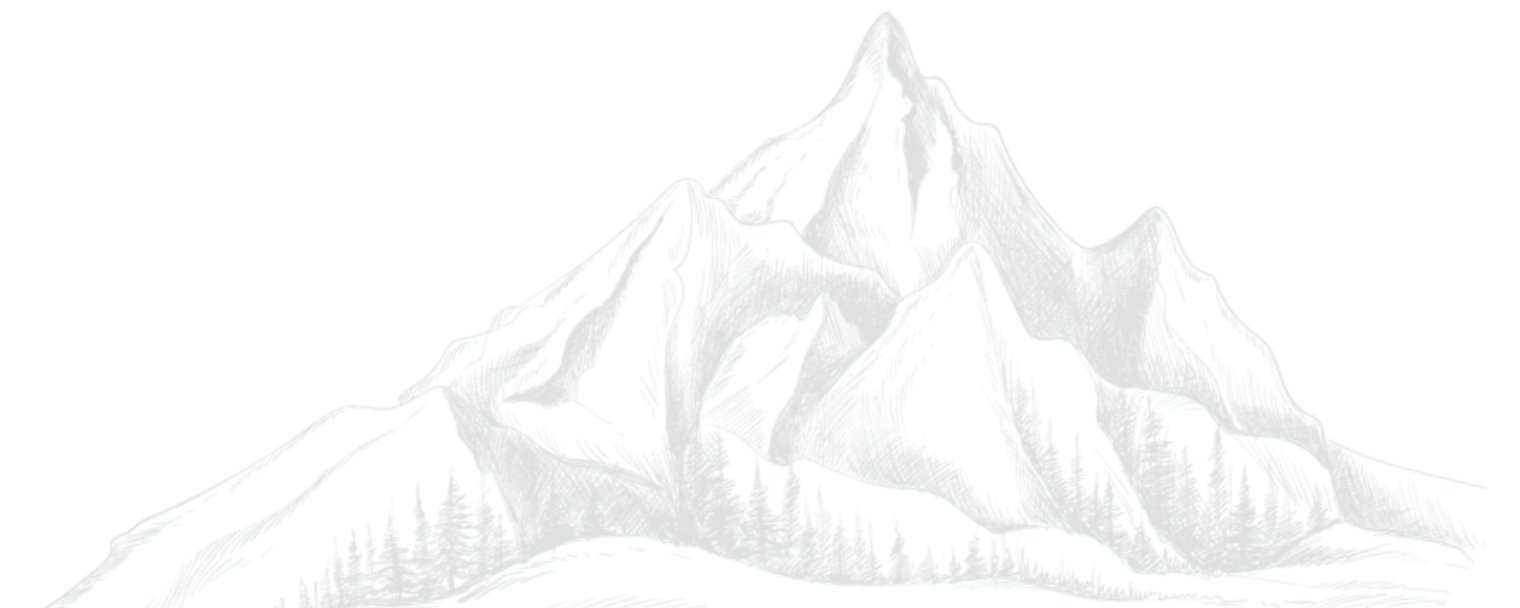
In this blog, we bring you closer to the process of collecting and churning honey. The symphony of effort, work, and symbiosis brings one of the healthiest and most loved delicacies to our tables. In Montenegro, honey plays a key role, a quality jar is sought after and a good producer is not forgotten!
Honey is made from a sweet liquid that is found in the flower and is called nectar - it is secreted by special glands located in the flower and sometimes outside the flower of the plant. It consists of 80% water, mixed with complex sugars. Bees collect nectar using their long tube-like tongues. Bees have a regular stomach and a honey stomach, which is used to transport nectar from flowers to the hive. A bee has to visit between 100 and 1500 flowers to fill its honey stomach with nectar, drop by drop. That stomach is only capable of holding 70 mg of nectar, but that's almost equal to the bee's body weight. When she returns to the hive, the bee hands the nectar to one or two worker bees (they do not leave the hive), who take the nectar from her mouth.
Then the bees distribute the nectar to the honeycomb, drop by drop. The water slowly evaporates from the nectar, making the syrup thicker. Bees even speed up the drying of honey by waving their wings like a fan. When the syrup in the cell is of the right consistency, just sticky enough, it officially becomes honey, and the bees cover the cells with wax. White wax comes in the form of flakes from the bee's wax gland. Then the honey is stored until it is time to eat it. In a year, a bee colony eats between 55 kg and 90 kg of honey.
We will stop there with the bees, and give the stage to the people.
The process of spinning honey from the frame begins and proceeds as follows: slowly spin the first side of the frame, in order to shake out a part of the honey from that side. Then, we turn the honey frame on the other side and twist it all the way, and then turn the previous side to twist it all the way. This is how we make sure that the honeycomb remains intact.
If we pour honey from a frame with young combs, we must turn carefully and very slowly, because such combs break easily.
Twisted combs should be returned to the hives, so that the bees can clean them and correct accidental injuries.
If we spin the honey, while the grazing is still going on, we can return the combs to the hives at any time of the day. But, if the pasture is over, then they should be returned either before evening or at dawn. The early evening is certainly safer, because returning at dawn most often leads to predation.
The honey is squeezed through the tap of the spinner into the container, and then poured into the strainer. We can squeeze it directly from the tap through a regular double sieve, and then from the container into buckets. This method is valid when it comes to smaller quantities, while it is wise to strain larger quantities immediately. A few days after the end of the churning process, the foam should be removed from the top of the honey, and after further churning, we also remove a thinner layer of honey foam from the top of the honey, so the honey will be completely clean. Spinning honey is a responsible job, so it should be done that way.
At the end of this process, we are served a jar of liquid gold, for fritters, pancakes, for spooning, however we like! TO Plav honey days reduce these complicated and strange processes to experiential pleasure! After the work of bees and beekeepers, we get the opportunity to taste a product that at its core carries the spirit of mountains, valleys and flora! All that effort and work must be appreciated and tried. The best flavors are experienced when you know the little or big story behind the recipe! Welcome to Plav, to our valuable and wonderful honey days, to sweeten our lives together!

✨ THE PATH OF SURPRISE ✨ ➡ Second walking tour along the Path of Surprises ✨ Excitement is building as the moment of discovery approaches for our second walking tour along the Path of Surprises. ✨ Last year we were delighted with the...

🔷 THREE BORDERS 🔷 ➡ The seventh mountain hike 🔷 TO Plav in cooperation with NP Prokletije, hiking and skiing clubs organizes a trip to Tromeđa, 2366m above sea level, the place where the borders of Montenegro, Albania and Kosovo meet! 🔷...

➡ Open national championship of Montenegro in the Olympic triathlon 🔶 A great opportunity for beginners to take part with professionals from our country and measure their strength becausethis year Prokletije triathlon will be the host of the open...

A place that was once more famous than the entire Budva Riviera, today it is almost forgotten by people and the world, despite the nature that surrounded it and that hides in its bosom as many as five lakes in the vicinity of Plav! So today we are...

Prekletije still stands as a symbol of the wild beauty of Montenegro, whose mysteries are still being slowly revealed today! Considered to be the least explored part of Montenegro, they were also neglected by tourists for a long time. With the Plav...
